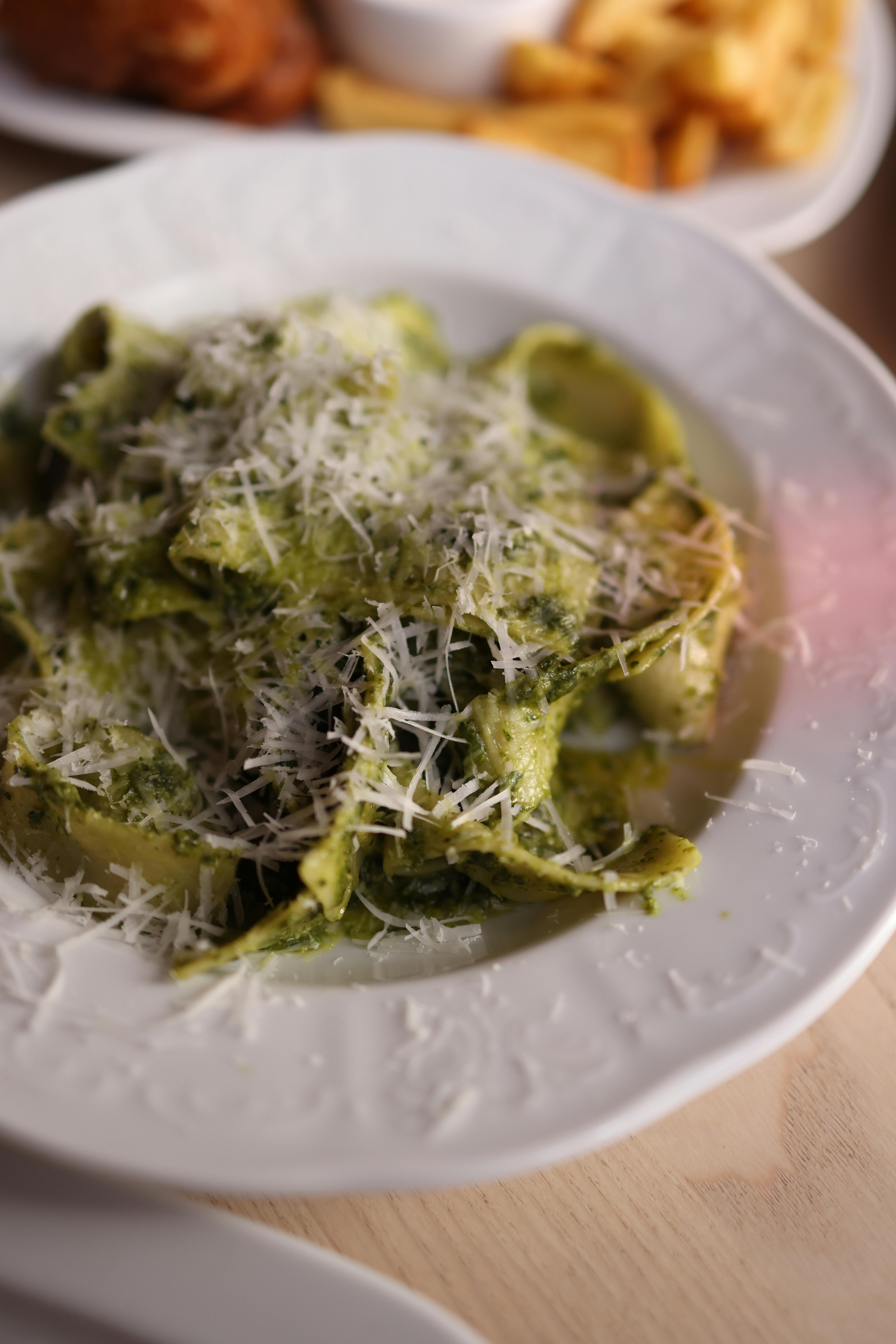Apply Now
Top 7 Ways to Visualize 2000 Calories for a Balanced Diet
Understanding the 2000 Calorie Meal Plan
Visualizing a 2000 calorie meal plan is essential for anyone striving for a balanced diet. This caloric target serves as a general guideline for daily caloric intake, helping individuals tailor their eating habits to meet their specific needs. By contemplating different meal configurations, you can gain insight into managing your energy needs effectively. A balanced diet encompasses various food groups, ensuring you receive the necessary macronutrients—proteins, carbohydrates, and fats.
To start, categorize your daily meals into main components, ideally divided through breakfast, lunch, dinner, and snacks. By understanding the nutritional value and caloric content of various foods, it's easier to create satisfying meals that align with your wellness goals. This article offers practical ways to visualize your daily caloric intake using whole foods, healthy recipes, and meal prep ideas that encourage food variety and diet diversity.
Utilizing Portion Sizes for Caloric Awareness
Portion sizes play a crucial role in calorie counting and understanding food intake. Visualizing portions can be simplified with everyday items: for instance, a fist-sized serving of fruit or vegetables approximately equates to one cup. Similarly, a palm-sized serving of protein is roughly three ounces. By becoming aware of these measurements, individuals can better manage portion control and adhere to their calorie goals.
Additionally, consider using pre-portioned snack bags or containers while meal prepping. Not only does this help in reducing caloric intake for healthy snacks, but it also encourages mindful eating practices. Remember that meal timing impacts not just your daily nutrition but also your energy levels throughout the day, making it essential to plan your meals accordingly.
Implementing a Visual Plate Method
The visual plate method is another effective way to visualize a 2000 calorie meal plan. By dividing your plate into sections, you can ensure that your meals are balanced. Ideally, half of your plate should consist of colorful fruits and vegetables, a quarter should feature high-protein meals, and the remaining quarter should include healthy carbs, such as whole grains.
This method simplifies meal planning and helps maintain dietary guidelines while visualizing macronutrient distribution. By integrating more fiber-rich foods into your meals, you can enhance your overall meal satisfaction and health benefits. This approach not only encourages healthy choices but also makes it easier to fulfill your calorie needs without feeling deprived.
Creating Balanced Snacks for Optimal Energy
Snacking can significantly influence your daily caloric intake, so opting for balanced snacks is essential for optimal energy management. Aim for snacks that provide a mix of protein, healthy fats, and fibers, such as yogurt with fruits, nut butter on whole-grain toast, or hummus with veggies. These combinations can support prolonged energy and prevent cravings.
Visualizing 2000 calories also includes recognizing the importance of low-calorie snacks when needed. Incorporating options like air-popped popcorn, fresh cut vegetables, or a handful of nuts can help satisfy your hunger between meals while contributing to your overall health. Mindful eating during these moments solidifies your connection with food and improves dietary habits.
Exploring Nutritional Value and Food Labels
Understanding nutritional value through food labels is pivotal in staying within your calorie goals. Learning to read labels effectively allows for informed food selection based on your calorie sources and dietary preferences. Pay attention to serving sizes, caloric content, and macronutrient breakdowns, which help track your energy intake accurately.
Incorporating a variety of foods from different categories contributes to balanced nutrition and diet diversity. For example, focusing on seasonal foods and learning how they fit into your calories can expand your culinary skills. Exploring new recipes can keep meal times exciting, all while adhering to your health goals.
Adopting Meal Prep Strategies for Success
Adopting effective meal prep strategies can support your journey toward a balanced diet. Preparing meals in advance not only streamlines your cooking process but also helps manage portion sizes and encourages mindful eating behaviors throughout the week.
Opt for bulk cooking techniques to create healthy meals or snacks that can be frozen and enjoyed later. This approach promotes cost-effectiveness and ensures you have nutritious meals on hand, making healthy eating more accessible. When planning meals, consider including homemade meals that align with your caloric needs while fitting your personal dietary modifications.
Integrating Whole Foods and Healthy Fats
Incorporating whole foods into your meal plan is an excellent method for visualizing 2000 calories while supporting your nutritional needs. Whole grains, fruits, vegetables, lean proteins, and healthy fats provide essential nutrients and energy. Prioritizing these food sources boosts nutrient density and helps maintain a caloric count that aligns with your fitness goals.
Healthy fats, like avocados and nuts, are vital for overall health, providing numerous health benefits, including enhanced metabolic rates. Their presence in your meals ensures balanced macronutrients. Recognizing how they contribute to your daily nutrition is an excellent strategy for visualized calorie management.
Conclusion: Achieving a Balanced Diet Through Visualization
By implementing these seven methods for visualizing 2000 calories, individuals can effectively manage their daily nutrition. Understanding portion sizes, utilizing the visual plate method, ensuring a variety of whole foods, and adopting meal prep strategies will help reinforce effective eating habits. Enabling you to meet your energy needs while enjoying nutritious meals can lead to successful weight management.
Remember, a balanced diet is not just about counting calories; it's about enjoying food diversity, meeting your dietary preferences, and fostering healthy eating habits that work for you. With mindful eating and the right nutritional strategies, achieving a balanced diet becomes an attainable goal.

